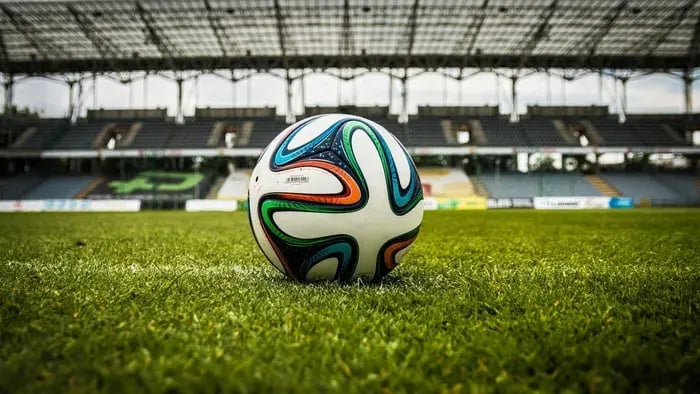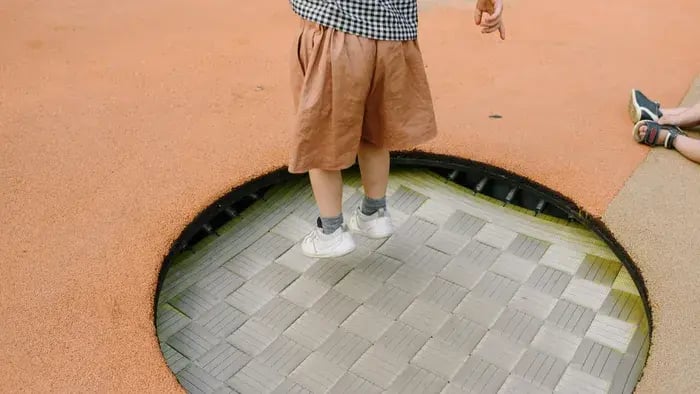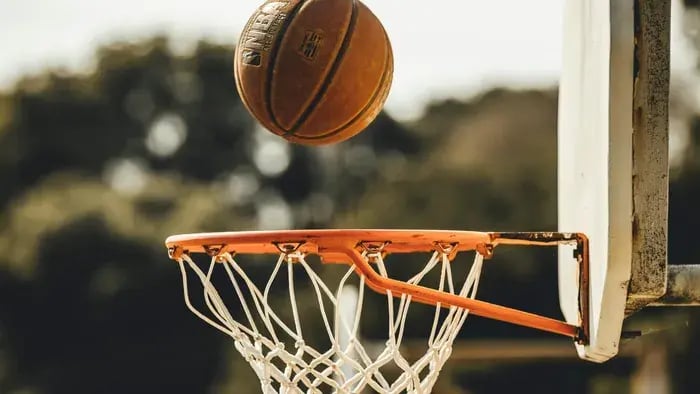- Ball
- Push and Pull Toys
- Ride On Toys
- Climbing Structure
- Adjustable Basketball Set
- Small Trampoline
- Hula Hoop
Introduction
When a child transitions from an infant to a toddler, parents might witness more movement and inclination towards indulging in active play. This is also a very crucial period when a child learns how to control different parts of the body and work with all these body parts in cohesion to achieve a motive. A child may indulge in activities like crawling, walking, jumping, dancing, and even riding bicycles.
This is the right time to channel this newfound energy of the child in the right direction by giving them the right kind of resources. Giving the child the right kind of toy encourages their movement and keeps them preoccupied while also enhancing their motor skills and strengthening their muscles. While interacting with these toys, the child also learns how to use their body parts to carry out different tasks. It can be an extremely interesting and rewarding experience for a child.
Best Toys for Kids to Encourage Movement and Play
Here is a list of some toys for kids that encourage movement and play.
-
Ball

One of the most easily accessible and versatile toys that enhance movement among kids is a ball. A ball can be used to play several sports, such as basketball, soccer, ball, throw the ball, softball, and many other such activities. Playing with a ball allows the child to move their body actively from one place to the other while also working on their ability to focus, balance, and coordinate.
-
Push and Pull Toys
Push and pull toys are great for toddlers who have just begun to walk. It helps in enhancing the balance of kids and also improves the ability to manage one's weight. There are several push-and-pull tools that parents may consider getting for their kids. This includes push wagons, pull-along toys, and much more. Each of these has specific features that keep a child engaged and has interesting lights or sounds that entertain a child while they drag the toys.
-
Ride On Toys
Ride-on toys include bikes, tricycles, battery-powered scooters for kids, and other such toys that help children learn how to balance and help a child how to improve their moment. These toys may also strengthen a child's muscles through active involvement in peddling, cycling, and steering. The child also learns how to face basic level traffic and remain in a calm and composed state while driving. These skills are important for adults to learn how to drive vehicles later on in their lives. However, while a child is learning how to drive these rides on toys, parent supervision is necessary.
-
Climbing Structure
A climbing structure set up can be easily put inside or outside the house. It consists of a wall on which the child has to climb with the help of small steppingstones that have been adjusted. This setup can help children improve their ability to balance their body weight and strengthen their core muscles. Some examples of climbing structures include climbing walls, indoor climbers, and jungle gyms. These are perfect for young kids who have an interest in adventure sports but are just starting to learn balancing and gripping techniques. Parents can make these more interesting by including ladders and monkey bars.
-
Adjustable Basketball Set
An adjustable basketball setup consists of a basket that is attached to a plastic pole. This can be taken to any part of the house, and the child can indulge in targeting the basketball into the basket. It is a great toy for toddlers and preschoolers, who want to learn the basics of basketball and aim the ball into the basket. Parents can also teach the kids how to dribble the ball perfectly. As the child's height grows, parents may place the basket in different parts of the house. This toy promotes activity and also allows the child to work on their hand-to-eye coordination.
-
Small Trampoline

A small trampoline for kids doesn't take up a lot of space yet is a great way to keep the child occupied and make them indulge in continuous physical activity. Jumping on a trampoline makes a child learn how to balance and manage their body weight in the air. However, since the surface area of a small trampoline is not that big, parents need to assist the child while they are jumping to ensure safety. Another great aspect of a small trampoline is that it can be taken to different parts of the house both indoors and outdoors.
-
Hula Hoop
Sometimes choosing a very complicated toy may not fetch desirable results. In this scenario, it is always better to go for a classic toy such as a hula hoop. A hula hoop is like a wide ring that must be balanced around the waist area of a child. Learning how to use a hula hoop makes a child more flexible as it involves the constant rotation of waste. The child also learns how to manage the body weight properly. Playing some music in the background can make playing with hula hoops even more fun.
Conclusion

Toys can be instrumental in enhancing a child's mobility, fitness, and cognitive development. It is also a great way of limiting the child's screen time and encouraging them to interact with nature and get involved in outdoor sports. This helps in inculcating positive habits that are good for the child in the long run.
Pakhi’s deep interest in writing is influenced by her love for cinema and fiction books. Being a literature graduate, she is relentlessly inspired by different storytelling techniques to craft her work and bring a fresh perspective to the table. Having studied psychology, she also loves to explore various psychological insights related to kids’ and parents’ behavior to create engaging content pieces. Apart from that, she enjoys jamming to some great R&B music in her leisure time.
The views expressed are that of the expert alone.
The information provided in this content is for informational purposes only and should not be considered a substitute for professional medical advice, diagnosis, or treatment. Always seek the advice of your physician or another qualified healthcare provider before making any significant changes to your diet, exercise, or medication routines.
References










